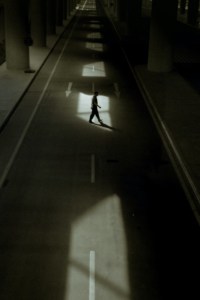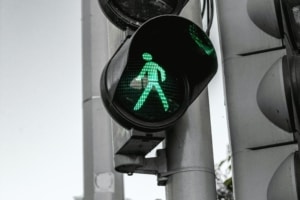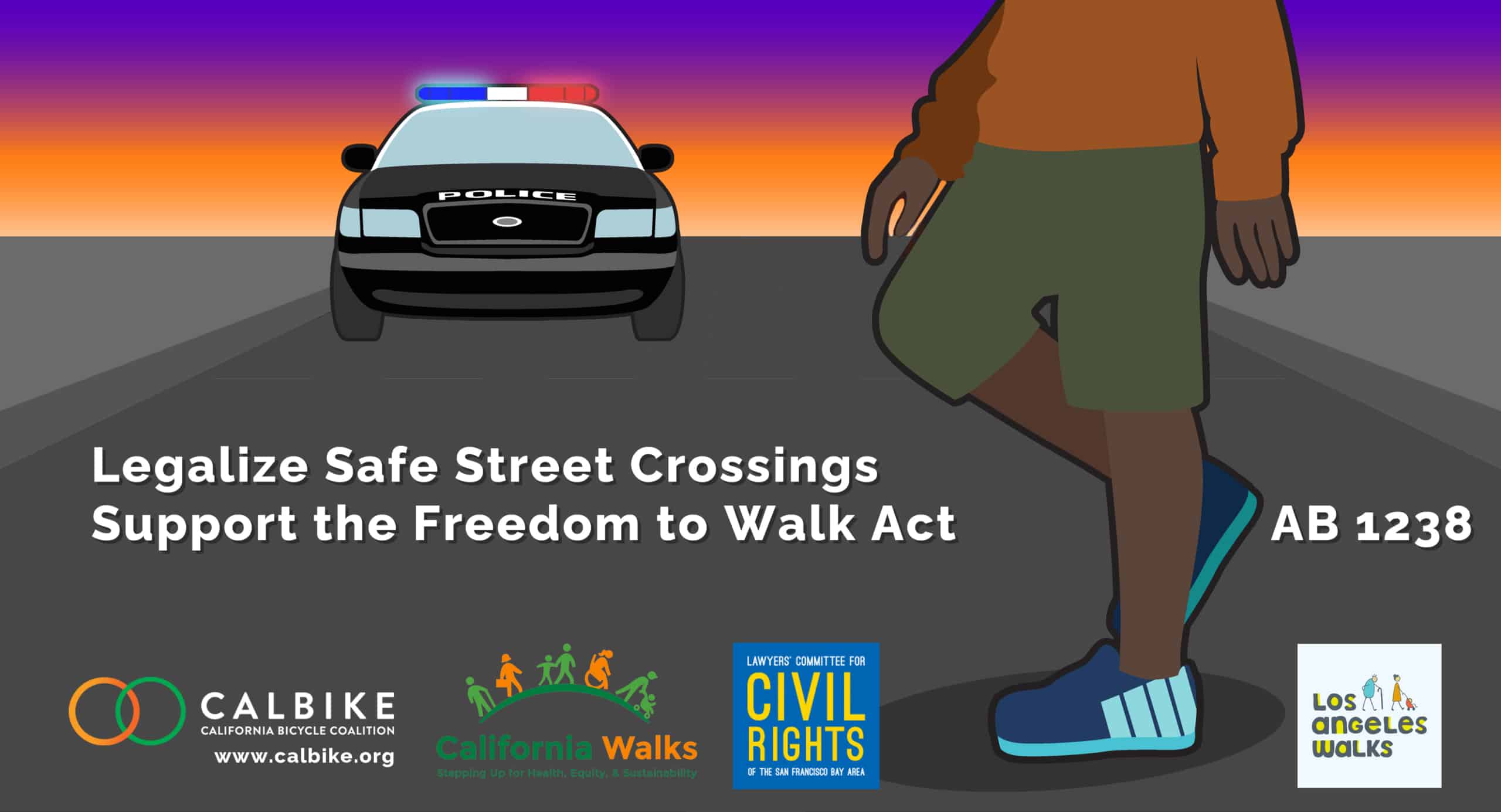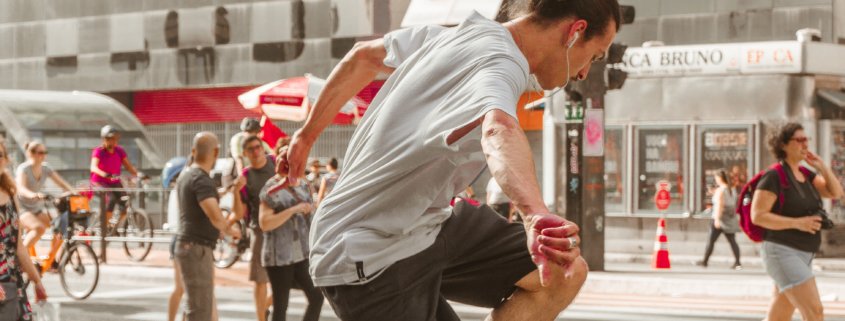California Can Lead the Way in Reclaiming our Streets if Newsom Signs AB 1238
It was the middle of the afternoon in Culver City when Richard Milton left his optometrist to reach the bus stop across the street. “It was in the middle of the block,” he recalled. “There wasn’t any traffic, so I crossed.”
As he walked toward the bus stop, a police car pulled up, and an officer asked Milton, a 66-year-old Black Army veteran, where he was going. Milton said he was headed for the bus stop. The officer wrote him a ticket for jaywalking.
“I just remained mute as he wrote me the ticket,” he said.
What is a ‘jay’ anyway?
“Jaywalking” was invented by auto clubs and car manufacturers 100 years ago. At that time, ‘jay’ was an offensive term to describe an unsophisticated country person.
If someone invented the term today, we might call it “redneck crossings” or “hickwalking.” If those terms sound shocking and rude, that’s the point. We’ve gotten used to the word jaywalking, but we should remember that automakers used prejudice and stigma to enforce a street culture that favored driving over walking. Over time, ‘jaywalking’ has also come to carry racist undertones, as enforcement focuses mainly on policing the movements of Black Americans.
“In the early days of the automobile, it was drivers’ job to avoid you, not your job to avoid them,” says Peter Norton, a historian at the University of Virginia and author of Fighting Traffic: The Dawn of the Motor Age in the American City. “But under the new model, streets became a place for cars — and as a pedestrian, it’s your fault if you get hit.”
Jaywalking still reinforces prejudice

Richard Milton’s race was likely a factor in his traffic stop for jaywalking. CalBike’s data review shows that Black Californians are as much as 4.3 times as likely to get stopped for jaywalking than white residents.
A recent lawsuit filed for bias against Black people on Rodeo Drive underscores that point. The suit (plaintiffs’ attorneys include Benjamin Crump, who represented George Floyd’s family) alleges that, out of 106 people arrested by a Beverly Hills Police task force in the area, 105 were Black, and one was Latino and appeared Black. Those figures don’t include people stopped and hassled by the police, though there is a video of at least one Black man (a VP at Versace) being stopped and frisked as he left the Rodeo Drive store.
Jaywalking tickets also have unequal impacts. Milton’s citation was for more than $190, which was money he didn’t have. He was fortunate to have access to a program out of Venice that provides volunteer attorneys to represent people who are issued citations. His attorney discovered that the officer had written the wrong code on the citation and had the ticket voided.
Even if he hadn’t had access to an attorney, Milton would have gone to court to fight the ticket because unpaid tickets can keep you from renewing your driver’s license and cause other problems. “It’s a nuisance to have it hanging over your head,” he said.
Intersections are often the least safe places to cross the street
When asked if his run-in with the police has changed his behavior around jaywalking, Milton said, “I still jaywalk.”
“In LA, intersections are bad. They are very bad,” he added. “You see cars coming at you, even though you have the green light.” Then he repeated “It’s not safe,” several times for emphasis.

In fact, the midblock crossing wasn’t simply the most convenient way to get across the street for Richard Milton. It was a conscious choice for his safety, based on his own harrowing experience.
He knows what he’s talking about. He has been hit by a car twice while walking, both times in the crosswalk. He was fortunate to have suffered only minor injuries, but he has friends who have been seriously injured in crosswalks.
Milton’s concern is backed by statistics. CalBike’s analysis of SWITRS collision data found that 44% of pedestrian collisions in California occurred at intersections. Another study found that, while a quarter of pedestrian injures happen during mid-block crossings, 75% occur elsewhere, including intersections (26%), sidewalks, and the margins of roadways without sidewalks.
Milton doesn’t see the sense of penalizing somebody for choosing the safest way to cross the street based on their experience. If someone made it to the other side of the road and didn’t cause any harm, he said, “Why criminalize them?”
California has a chance to take the lead in reimagining our streets
California was at the forefront of the car-centric movement to chase people on foot out of the roadway. As a recent LAist article noted, LA passed its first jaywalking law in 1925. LA’s laws became a model for the rest of the country. Now, California has the opportunity to lead in the other direction toward a more pedestrian-friendly future.
Already this year, Virginia made jaywalking a secondary offense. It’s still a crime, but an officer can’t initiate a stop because of jaywalking and can’t issue a citation unless they stop you for something else. But the Freedom to Walk Act (AB 1238, Ting) would go a step further in the right direction. It would make safe mid-block crossings legal.
Today, the only thing that stands between California and the freedom to walk is the governor’s signature. If Governor Newsom signs AB 1238, it will still be against the law to disrupt traffic, but people who safely cross, like Richard Milton, will no longer get stopped, questioned, and ticketed by the police. Tell the Governor you support the Freedom to Walk Act, AB 1238.






